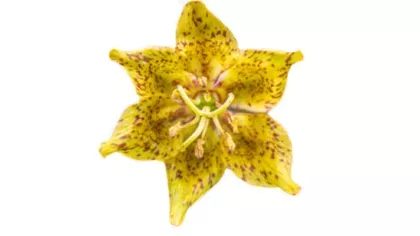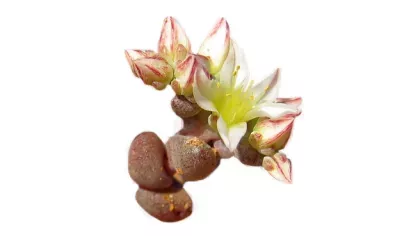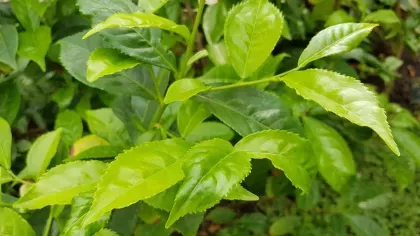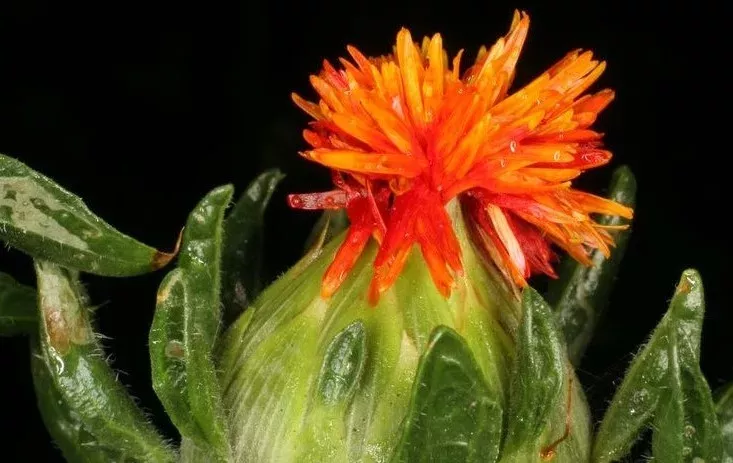
Safflower
Safflower is one of the oldest known cultivated crops.
It has been a highly valuable resource for thousands of years; first as a clothing and food dye, then as a cheap alternative to saffron, and now a cooking oil and vital ingredient in skin and hair care products.
Plant description
Safflower is a herb with toothed leaves and thistle-like orange or yellow flowers. It has strong central stems that are erect and highly branched.
Plant uses
Beauty and cosmetics
Oil from the seeds of the safflower plant has been used in skin and hair care products due to its moisturising properties.
It contains high levels of naturally occurring lipids that nourish and smooth hair cuticles, promote hair growth, and hydrate the scalp.
Safflower seed oil is also rich in vitamin E, an antioxidant that helps protect your skin, as well as linoleic acid which can helps manage acne.
Food and drink
Safflower seed oil is used in salad dressings and margarine and as a cooking oil.
Safflower flowers were used as a cheaper substitute for saffron in traditional recipes by early Spanish colonies along the Rio Grande in New Mexico.
Materials and fuels
The flowers were traditionally used to make red and yellow dyes for both clothing and food before cheaper synthetic dyes became available.
Did you know?
Safflowers were highly popular among the ancient Egyptians. Their flowers were used to dye Egyptian textiles from the twelfth dynasty, and clothing made from safflowers was found on eighteenth dynasty mummies in Egypt.
Where in the world?
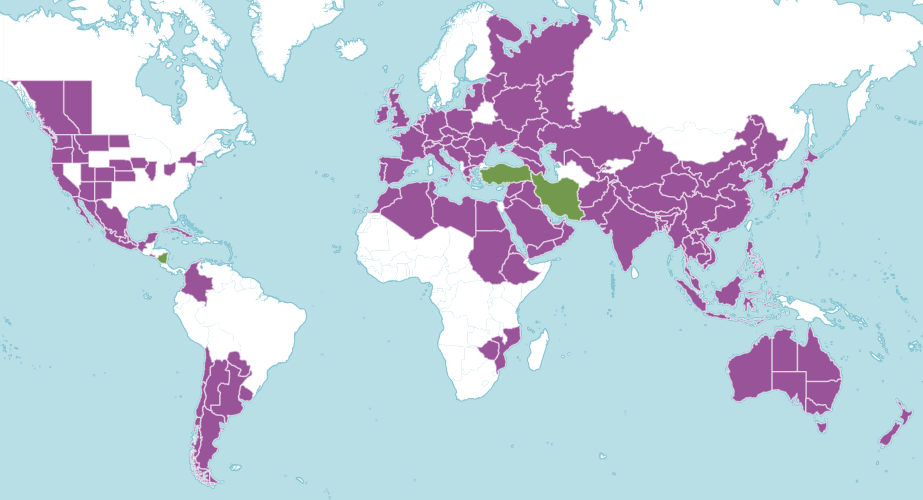
Arid environments with seasonal rain. Grows best in well-drained, sandy loam soils in full sun.
